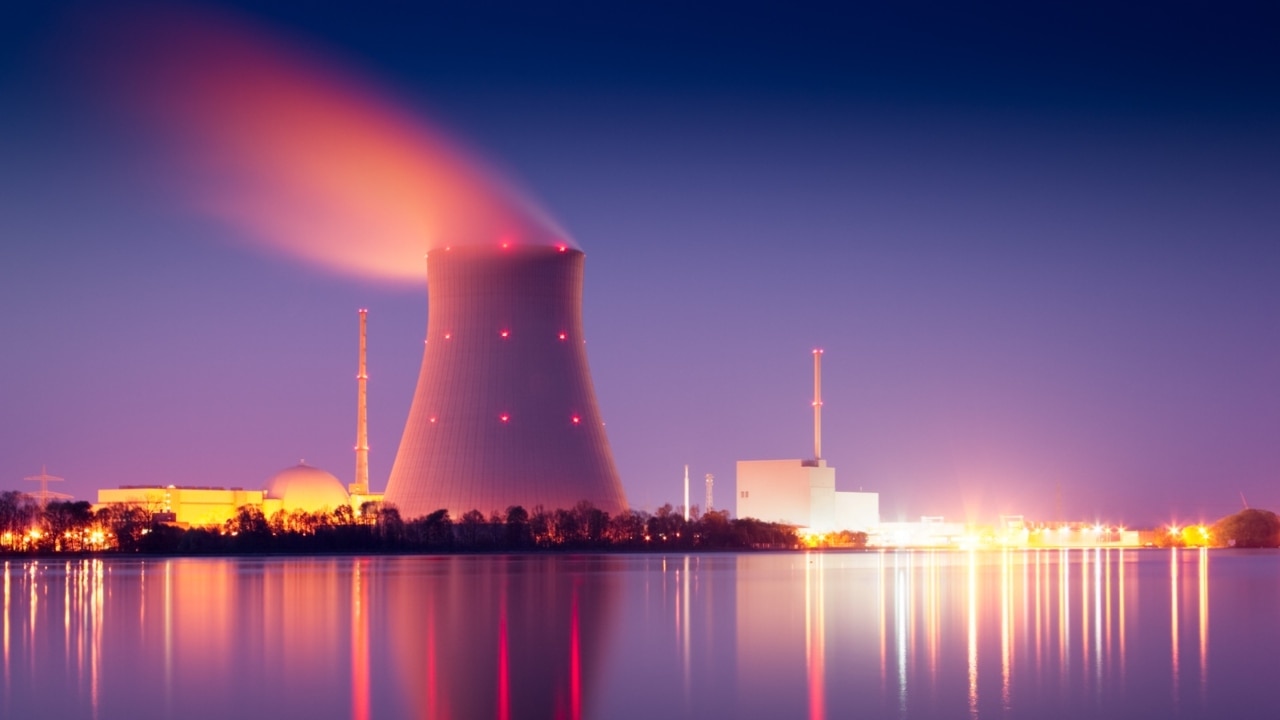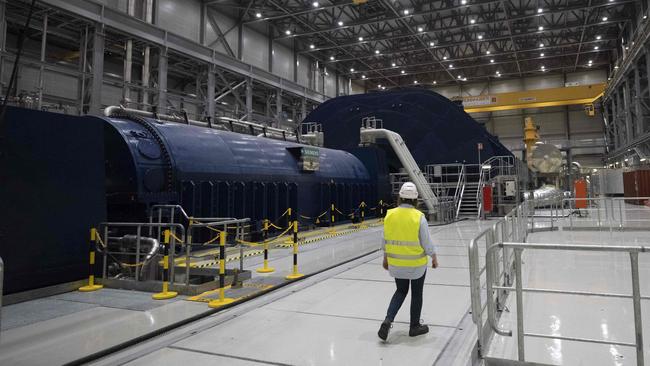
In May 2022, Finland’s Greens became the first national environmental political movement to back nuclear energy. The decision was taken at the party’s national conference in Joensuu, less than 100km from the Russian border.
Living next door to Vladimir Putin lends a sharper perspective on matters such as energy security. The pro-nuclear policy shift drew a caustic response from other national Green parties, including Australia’s.
“They said we were nuclear shills,” said Tea Törmänen, one of the guiding figures in the Finnish Greens’ pro-nuclear shift. “We thought it was pretty funny to think that the nuclear industry in Finland would have bought the Green Party.”
Two years later, Törmänen has every reason to reflect on that decision with satisfaction. On Saturday, as the Finns enjoyed what the media described as a heatwave (a top of 20C in Helsinki), the Finnish electricity grid was 98 per cent carbon-free.
Electricity generation in NSW was releasing 750g of carbon into the atmosphere per megawatt hour of electricity. In Finland, it was 35g.
If the CSIRO’s GenCost report is to be believed, Finnish electricity prices should have gone through the roof a year ago when its newest reactor was turned on. They did not. The retail price of electricity in Finland, which is indexed to the spot market, came down almost immediately.
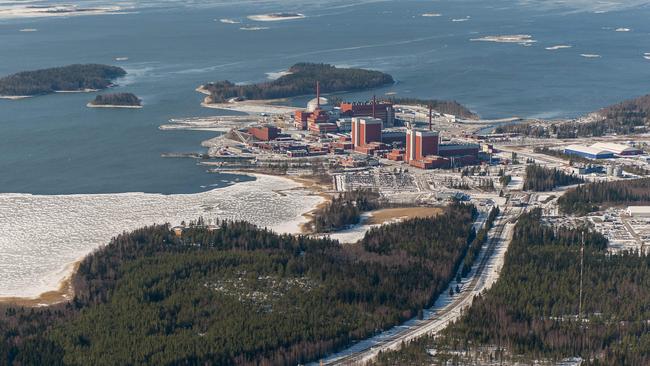
Finns have been paying around €0.07 a kilowatt (12 Australian cents). Even allowing for transmission costs which are charged separately, Finland has the second-cheapest electricity in Europe.
Were Energy Minister Chris Bowen to spend a few days in Finland, he might realise almost everything he says about nuclear is complete and utter nonsense. This might be why he spent his time in Europe last year trying to sell green hydrogen to the Germans.
Green hydrogen has yet to be manufactured to scale anywhere in the world. There is no viable way to ship it, nor any established market. The two principal inputs – cheap energy and water – are not abundant in Australia. Other than that, it’s good to go.
On the other hand, nuclear power has been around for 70 years. Olkilouto 3, a third-generation pressurised water reactor, is the most advanced in Europe. Together with the existing two reactors on Olkilouto Island, it produces a third of Finland’s electricity.
“In Finland, none of the parliamentary parties opposes nuclear,” Törmänen told me when I interviewed her in Joensuu last week. “The left support nuclear, Social Democrats support nuclear, the Greens support nuclear, so it’s really a unifying issue.”
Russia’s invasion of Ukraine put an end to the dwindling constituency of anti-nuclear voters. In a recent poll conducted by Varian, 61 per cent of Finns supported nuclear and just 9 per cent were opposed.

Before the invasion, Finland imported roughly a third of its electricity from Russia. Today, thanks in no small part to the addition of 1.6GW of capacity from Olkilouto 3, it is virtually self-sufficient.
The move to change the Green Party’s position began in 2008 when a coalition of dissident members established the Greens for Science and Technology. The group started advocating for a technology-neutral approach to achieving climate goals based on science rather than dogma.
“The atmosphere doesn’t care about renewables or those classifications,” said Törmänen. “The only thing that matters is how much CO2 we are emitting. Just look at the CO2 emissions and do your legislation based on that.”
In 2014, the party ceased campaigning for the premature closure of existing nuclear plants. Two years later, it moved towards accepting advanced reactors. We Planet (formerly RePlanet), the organisation Törmänen helped found, established an Australian division in 2022 to promote pro-nuclear, pro-GMO, data-driven environmentalism. It describes itself as “a disruptive yet crucial voice” in the environmental debate that aspires to be a global force for change.
Having established a presence in countries as diverse as Bangladesh, Uganda and Ukraine, WePlanet claims to represent the “sensible global majority that supports everyone’s right to a modern, prosperous way of life”.
The decision by the Finnish Greens to break the nuclear taboo has snowballed in the broader environmental movement. Greenpeace in Australia remains implacably opposed to nuclear power, but Greenpeace’s Nordic division is increasingly ambivalent.
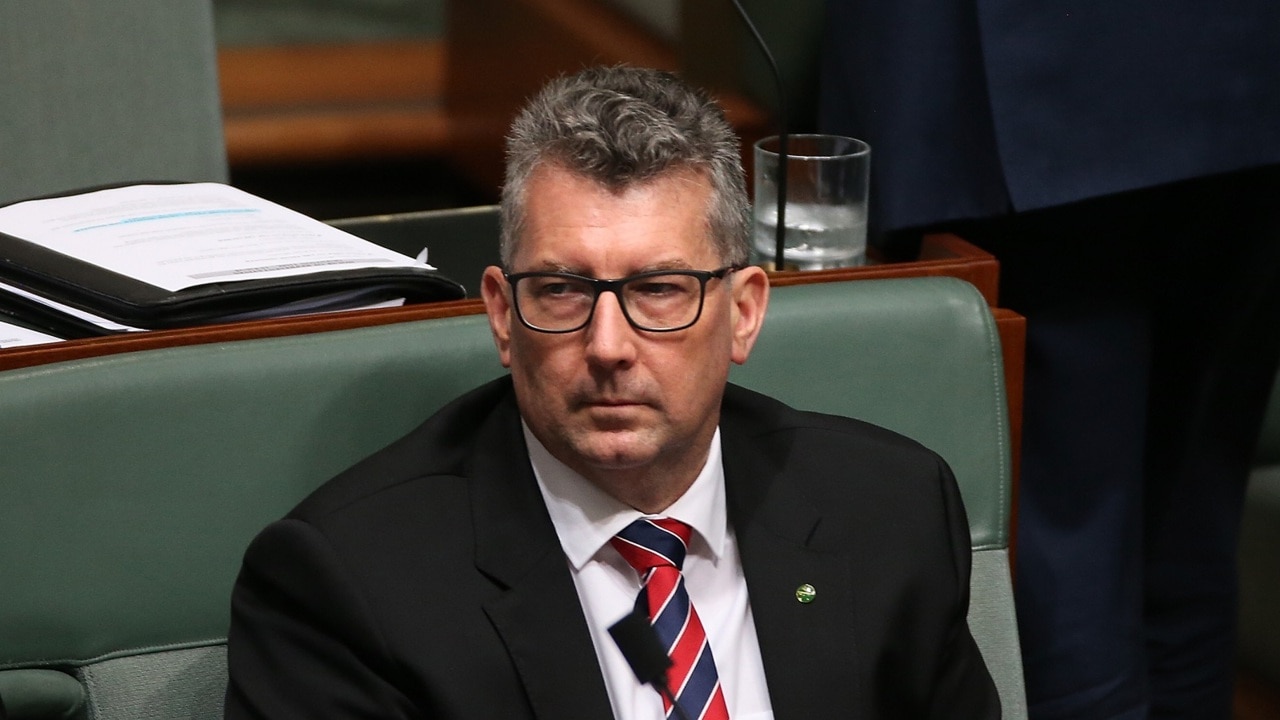
The dumbed-down narrative of “renewables good and nuclear bad” is breaking down in Scandinavia. A Swedish court ruling that the rights of the indigenous Sami people to graze reindeer had been violated by an invasion of wind turbines drew attention to the environmental and human costs of land-hungry renewables, even in the lightly populated Arctic regions of Scandinavia.
Törmänen said her positive view of nuclear is encouraged by her concern for protecting endangered wolves. There is increasing evidence that wind turbines repel wildlife, while the peaceful old-growth forests that encircle Olkilouto Island have become a haven for endangered species.
A shift in nuclear policy is a matter of active debate in the Swedish and Norwegian Green parties, particularly among younger members. Teenage Swedish activist Ia Aanstoot is one the leaders of the Dear Greenpeace social media campaign that wants legacy green groups to drop their opposition to nuclear energy. Aanstoot, who rose to prominence in the School Strikes for Climate Change, says the aim is “to pull Greenpeace into the 21st century”.
In Australia, by contrast, positions on nuclear appear to be hardening. Under Anthony Albanese, Labor has dug in, resisting calls for a more pragmatic approach from South Australia’s Labor Premier, Peter Malinauskas, and the Australian Workers Union.
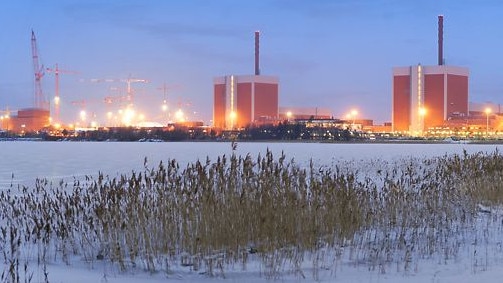
The Coalition’s decision to seek a mandate to lift the moratorium on nuclear power has injected fresh political heat into the debate. Bowen is investing an increasing amount of his time in attempts to discredit the Coalition’s stance, even as his arguments become increasingly surreal.
Bowen is right to assert that planning and construction for nuclear generation take time. So too do all of the alternatives. Offshore wind, if it goes ahead in Australia, won’t be up and running this decade. Snowy Hydro 2.0 is likely to be 10 years late and at least three times over budget. After a budget that committed $22.7bn to green energy and production, Bowen might dare to revisit his arguments on cost. Olkilouto 3 was built by a private Finnish consortium, Teollisuuden Voima Oy (TVO), which had the good sense to negotiate a turn-key contract that meant that cost overruns were born by the Franco-German constructors.
The cost to TVO was €5.6bn ($9.6bn), somewhat cheaper than Snowy Hydro 2.0. It has a life of 60-80 years, meaning it will still be running at the start of next century.
Australia will eventually adopt nuclear. The only question is how much capital and hot air are wasted in the meantime.
More Coverage
